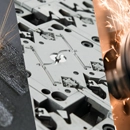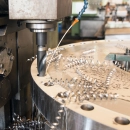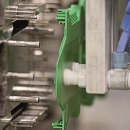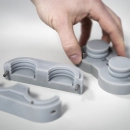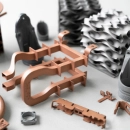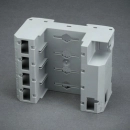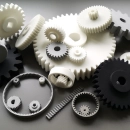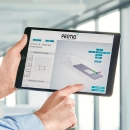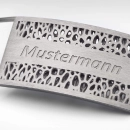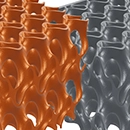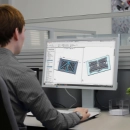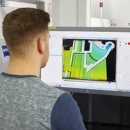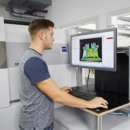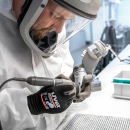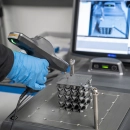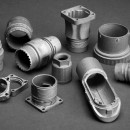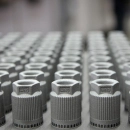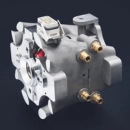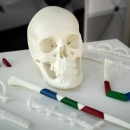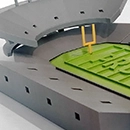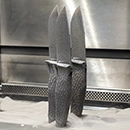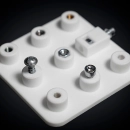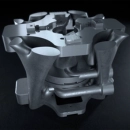Savings potential
Savings potential associated with additive manufacturing, also known as 3D printing, refers to the ability to reduce costs in various areas of production. This technology makes it possible to manufacture parts and products by adding material layer by layer, which offers various economic advantages compared to traditional production methods.
One key aspect of the potential savings is the reduction of material waste. As additive manufacturing only uses the material that is actually needed, it can generate significantly less waste compared to subtractive processes, where excess material is removed. This leads to an efficient use of materials and therefore to cost savings.
In addition, additive manufacturing offers the opportunity to streamline production processes and reduce the number of work steps required. The ability to produce complex geometries directly from digital models can reduce the need for assembly and further processing steps, resulting in reduced working time and lower personnel costs.
Another advantage lies in the flexibility and adaptability of production. Small batches and customized products can be produced without the cost and time of conventional tools. This means that companies can react quickly to market requirements without having to incur high costs for the adaptation or development of production equipment.
Overall, additive manufacturing enables more efficient production and therefore significant savings potential, both through lower material consumption and the optimization of production processes, which can ultimately lead to a reduction in costs and increased market competence.
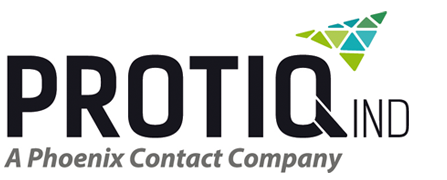


 Deutsch
Deutsch English
English Italiano
Italiano